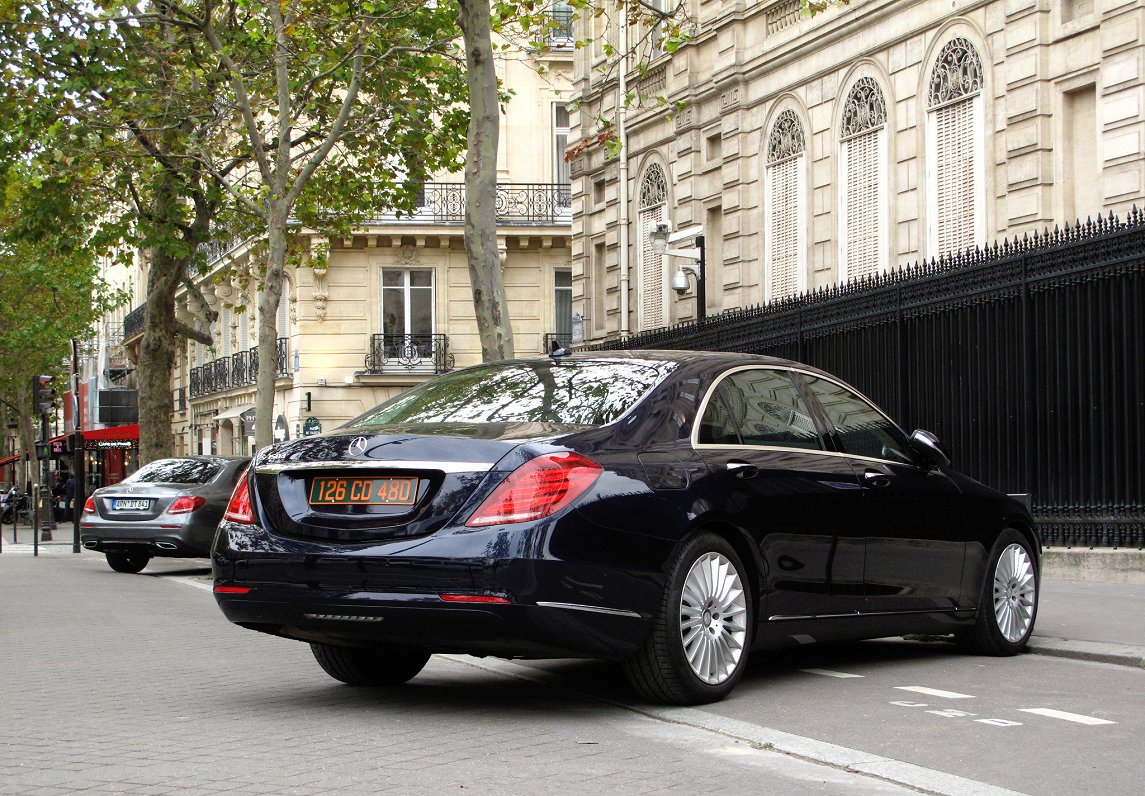The European-level success story is the result of experimenting with ways to save electricity in industrial manufacturing under the guidance of Riga Technical University (RTU) Institute of Industrial Electronics and Electrical Engineering Professor Pēteris Apse-Apsītis. The new technology offers a better solution for the power supply network, providing for a 10-15% percent energy reduction.
“That's pretty fundamental savings,” said Apse-Apsītis.
Daimler is building the first factory operating completely on direct current in Sindelfingen, Germany for the production of S-Class Mercedes automobiles. The new factory will also use solar energy and various other new technologies. The Latvian technology will help the robots at the factory function, which are similar to the ones set up at RTU.
“There are robots that weld, robots that move things, they are precise, don't get tired, don't make mistakes,” said RTU Faculty of Power and Electrical Engineering Dean Oskars Krievs.
The technology works by measuring the robot's energy consumption 50 times a second to establish a capacity profile to get the complete energy picture. That way it can be determined when the robot isn't working effectively, and what moment it's wasting energy, at what moment it creates excess energy, explained Apse-Apsītis.
“If it works like a clock we have a specific energy profile, if it has a weak spot somewhere, something is delayed, we can see according to electricity consumption where there is a weak spot,” said Apse-Apsītis.
The innovative technology will allow the new factory to decrease electricity consumption, as well as to divert the excess energy created by the robot movement toward other areas, making it a bit more cost effective to produce the Mercedes cars.






























